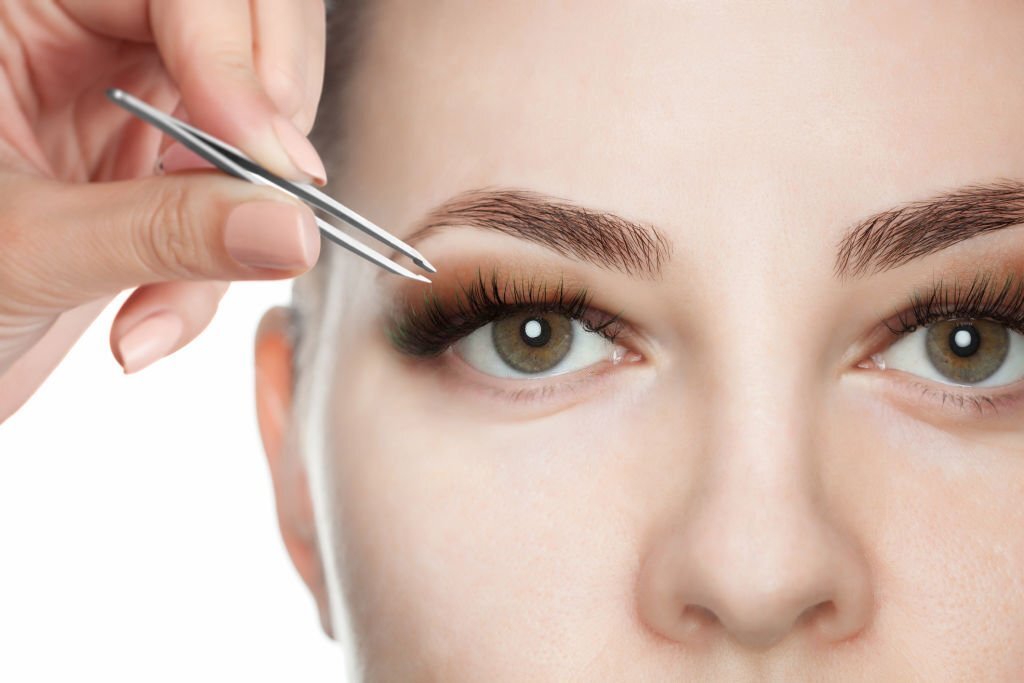Aging is a natural process that affects our physical and emotional health. As we grow older, we start noticing a dip in our health and an increase in age-related problems. Eye problems are not uncommon in older adults, and it is important for you to know about these eye problems. This blog will share some common eye-related problems you might develop as you grow older.
List of Eye Problems You Might Develop As You Grow Older:
-
Eye Floaters
Eye floaters are small, dark, shadowy shapes that appear in your field of vision. They may look like dots, circles, lines, squiggles, or cobwebs.
Floaters usually appear when you look at a plain background, such as a wall or the sky. When your eyes are in constant motion, they tend to disappear. But when your eyes stop moving and you try to focus on them, they may seem to dart away.
Most people have eye floaters but don’t notice them until later in life. For some people, eye floaters are simply a nuisance. But for others, they can be bothersome and interfere with vision.
-
Cataracts
Cataracts are the leading cause of vision loss in adults over the age of 40. A cataract is a clouding of the eye’s lens, which blocks or alters light as it passes through the eye. This can cause cloudy vision and make colors appear faded. Cataracts usually develop slowly and painlessly, eventually leading to blindness if not treated. Surgery is the only way to remove a cataract and restore vision.
-
Age-Related Macular Degeneration (AMD)
Age-related macular degeneration (AMD) is a deterioration or breakdown of the macula, which is the small central area of the retina that provides clear central vision. The condition affects older adults and results in a gradual loss of central vision. AMD is a leading cause of blindness and visual impairment among people aged 50 and older in the United States. There are two types of AMD: dry and wet.
Wet AMD is less common but more severe. Dry AMD progresses more slowly and causes vision loss that is not as severe.
-
Dry Eyes
Dry eyes are a condition where the eyes don’t produce enough tears, or the tears evaporate too quickly. This can lead to discomfort, redness, and a burning sensation. Dry eyes in winter are a common problem but there are many possible causes, including certain medications, medical conditions, and environmental factors. Fortunately, treatments are also available to help relieve the symptoms of dry eyes.
If you think you might have dry eyes, it is important to see an eye doctor so that you can get treatment. There are several different treatments for dry eyes, and the best one for you depends on your problem’s cause.
-
Diabetic Retinopathy
Diabetic Retinopathy is a condition in which high blood sugar causes damage to the blood vessels in the retina, the light-sensitive tissue at the back of the eye. It is the leading cause of blindness in adults.
There are two types of Diabetic Retinopathy: non-proliferative and proliferative. Non-proliferative diabetic retinopathy is the early stage of the disease and usually has no symptoms. Proliferative diabetic retinopathy is the advanced stage of the disease and can cause vision loss. Diabetic retinopathy usually affects both eyes.
If you have diabetes, it’s important to keep your blood sugar under control and have regular comprehensive dilated eye exams. Treatment for diabetic retinopathy can help prevent vision loss. In some cases, laser surgery or medication injections into the eye can stop or slow the progression of diabetic retinopathy.
-
Detached Retina
The retina is a thin layer of tissue that lines the back of the eye. It is responsible for converting light into electrical impulses that are sent to the brain, where they are interpreted as images. When the retina becomes detached, it can no longer perform its role properly.
Symptoms of a detached retina include: the sudden onset of floaters (tiny specks that appear in your field of vision), flashes of light, and blurred or dimming vision. You should see an eye doctor immediately if you experience any of these symptoms.
Treatment for a detached retina typically involves surgery to reattach the retina to the back of the eye.
-
Glaucoma
Glaucoma is a condition that damages your eye’s optic nerve. It usually happens when fluid builds up in the front part of your eye. This extra fluid increases the pressure in your eye, which can damage the optic nerve.
Glaucoma typically develops slowly and painlessly, and many people with glaucoma don’t know they have it. That’s why it’s important to get regular comprehensive dilated eye exams, which can detect early signs of the disease.
If caught early, glaucoma can often be controlled with medication or surgery. But if left untreated, it can lead to permanent vision loss.
Author Bio:
Aaron Barriga is the online marketing manager for Insight Vision Center. With a knack for understanding medical procedures and an interest in eye and vision health, Aaron loves to share what he knows and what he learns. He blogs to inform readers about the latest eye care technology and other topics related to eye care, especially LASIK. Aaron loves collecting coasters from the different bars and restaurants he visits during his travels.











